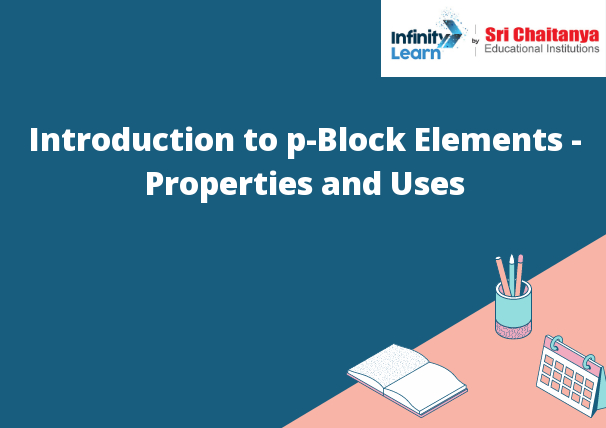Table of Contents
What are p-Block Elements?
The p-block elements are the elements of the periodic table located in the p-block, which is the second-from-left column of the table. This column contains six elements: helium (He), neon (Ne), argon (Ar), krypton (Kr), xenon (Xe), and radon (Rn).
The p-block elements are characterized by having one or two electrons in their outermost energy levels. This makes them relatively reactive, and they are often used in chemical reactions.

Properties or Characteristics of p-Block Elements
The p-block elements are located in the second row of the periodic table. They are the elements in group 18 of the periodic table, which are also known as the noble gases. The p-block elements are characterized by having a valence electron in the p-orbital. They are also very unreactive due to their stable electron configurations.
Uses of p-Block Elements
The p-block elements are the elements present in the second period of the periodic table. They are six in number and include the elements carbon, nitrogen, oxygen, fluorine, chlorine, and bromine. The primary uses of these elements are in the fields of chemistry and biology.
In chemistry, carbon is used to make plastics and other synthetic materials. It is also used to make fuels like gasoline and diesel fuel. Nitrogen is used to make fertilizer and other agricultural chemicals. Oxygen is used to make steel and other metals. Fluorine is used to make Teflon and other non-stick surfaces. Chlorine is used to make bleach and other disinfectants. Bromine is used to make flame retardants.
Learning the Introduction to p-Block Elements – Properties and Uses
The p-block elements are those in Group 18 of the periodic table. They are the noble gases: helium, neon, argon, krypton, xenon, and radon. These elements are inert, meaning they do not react with other elements. They are also monatomic, meaning they exist as single atoms.
The properties of the p-block elements are:
-Inert: They do not react with other elements.
-Monatomic: They exist as single atoms.
-Nonmetallic: They are not metals.
-Low reactivity: They are not very reactive.
-Poor conductors of electricity: They do not conduct electricity well.
-Low melting and boiling points: They have low melting and boiling points.
-Gases at room temperature: They are gases at room temperature.
The uses of the p-block elements are:
-Neon is used in signs and lights.
-Argon is used in light bulbs.
-Krypton is used in fluorescent lights.
-Xenon is used in flashlights and headlights.
-Radon is used in cancer treatment.
Why should you Learn about p-Block Elements?
p-Block elements are found in group 18 on the periodic table. This group includes the elements helium, neon, argon, krypton, and xenon. These elements are all gases at room temperature.



